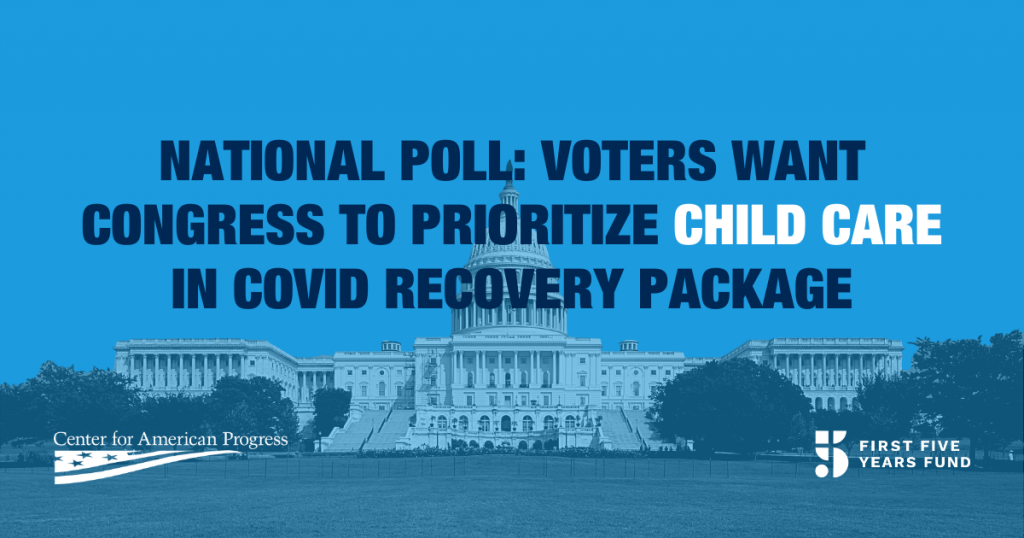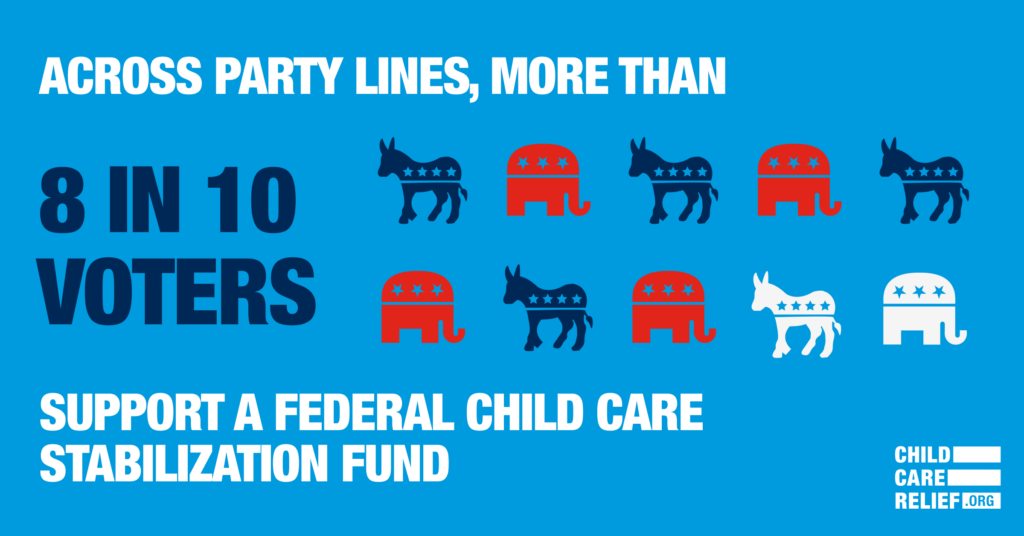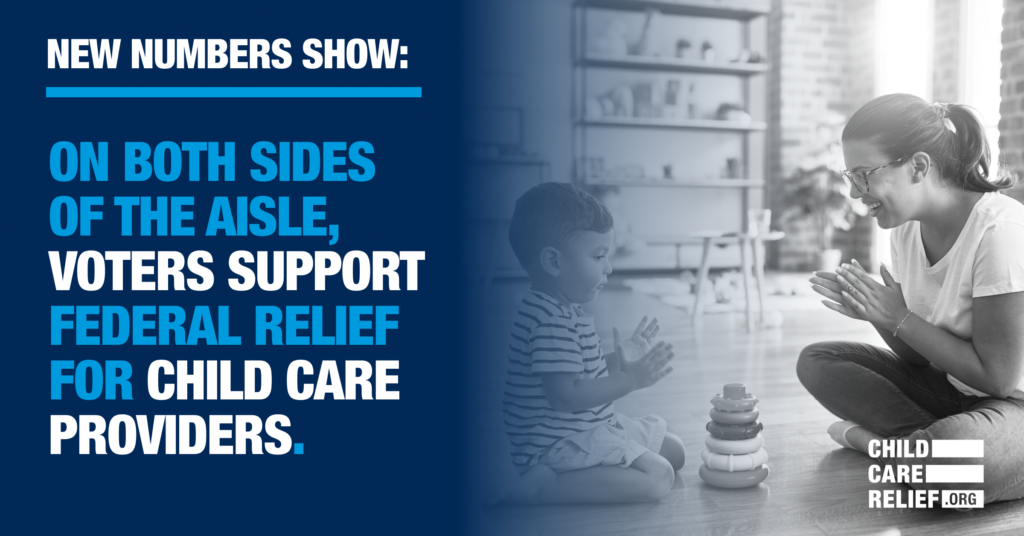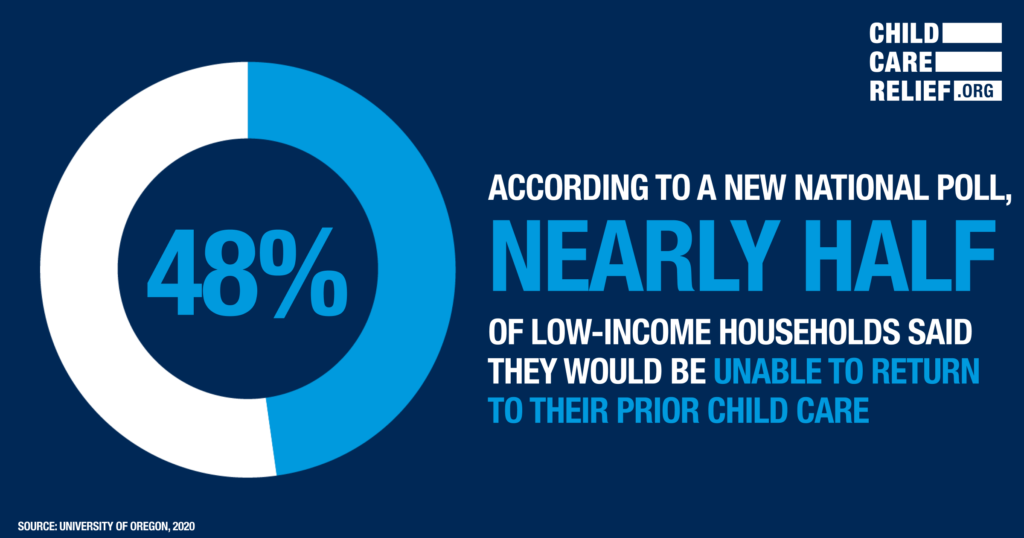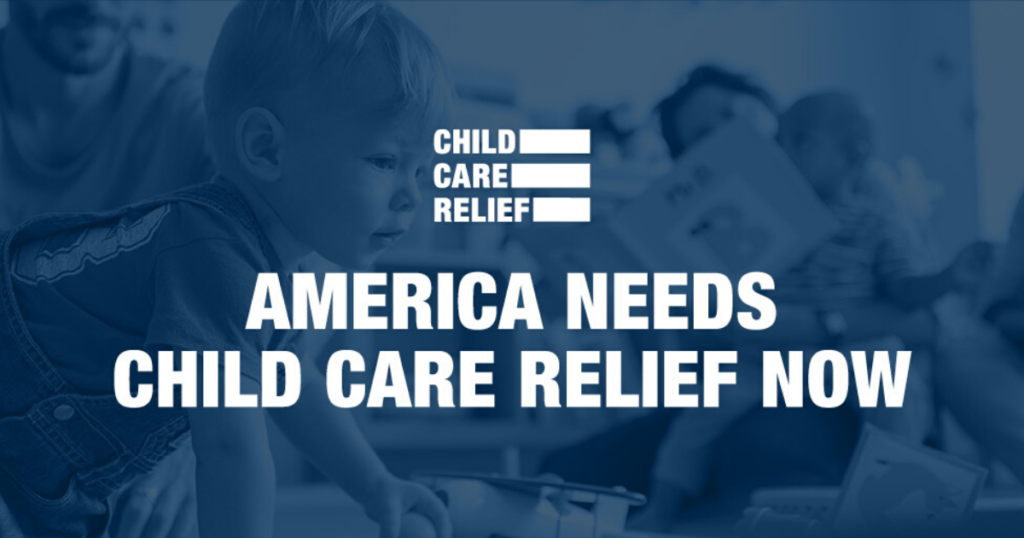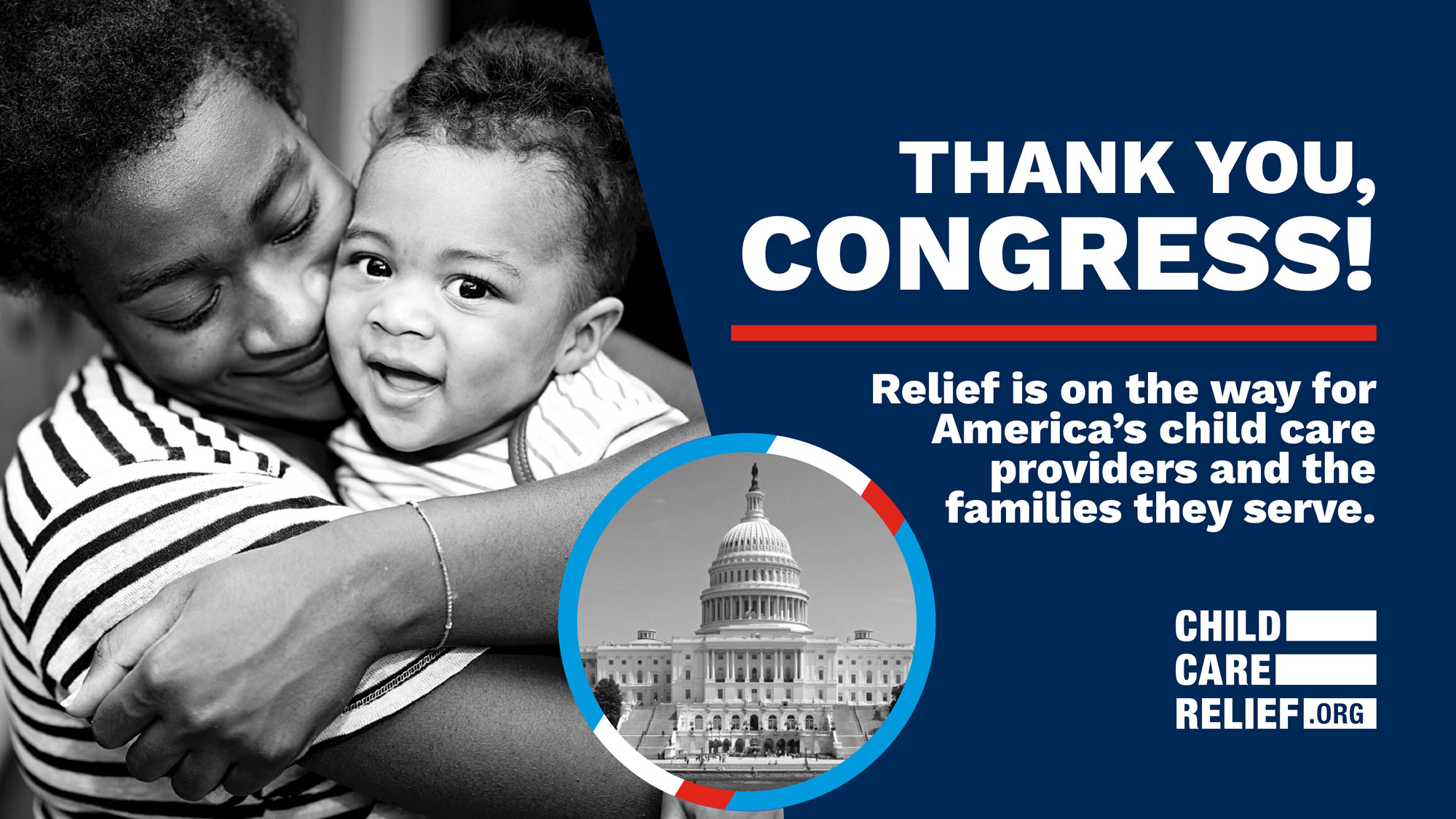
Congress Passes American Rescue Plan with $39 Billion in Child Care Relief
UPDATE: On March 11, 2021, President Joe Biden signed the American Rescue Plan into law.
Today, the House voted to pass the American Rescue Plan after it was amended and passed by the Senate over the weekend. The sweeping pandemic relief package includes $39 billion in child care relief funding: $15 billion in emergency funding for the Child Care and Development Block Grant (CCDBG) program and $24 billion for a child care stabilization fund. The bill will now go to President Biden to be signed into law.
In addition to the $39 billion in dedicated relief for child care, the package includes $1 billion for Head Start programs and other measures directed at families with young children. See an overview of the elements included to support families with young children and the early learning programs they rely on below or online here.
Democrats and Republicans on Capitol Hill have included dedicated relief for child care in every COVID relief proposal since the beginning of the pandemic. Last fall, the House passed a bipartisan relief package with $50 billion for child care, and the Senate Republicans released a number of proposals with $15 billion for child care, leading Congress to ultimately pass legislation with $10 billion in December to keep child care providers afloat for roughly three months.
Meanwhile, the child care industry has lost approximately 171,000 jobs between February 2020 and December 2020 that have not been recovered, and surveys show that one in four child care centers and one in three family child care homes believe they will have to close permanently if no additional support comes forward. 46% of parents say their current child care situation isn’t sustainable in the long-term.
Here’s an overview of the provisions of the American Rescue Plan supporting child care providers and the families they serve:
- Provides $14,990,000,000 in emergency relief to states through the Child Care and Development Block Grant (CCDBG) program.
- Provides $23,975,000,000 in emergency relief to states through child care stabilization grants to be allocated pursuant to the CCDBG Act.
- Increases annual mandatory funding for the Child Care Entitlement to States (CCES) of $633 million. Additionally, waives the required state match on new funding for FY2021 and 2022.
- For 2021, makes the Child Tax Credit (CTC) fully refundable; increases the amount to $3,000 for children ages 6-17 and to $3,600 for a child under age 6. The credit plateaus at $2,000, and then phases out. Issue monthly advance payments of the CTC that begin July 1, 2021.
- For 2021, makes the Child and Dependent Care Tax Credit (CDCTC) fully refundable; increases the maximum credit rate to 50%; increases the phaseout threshold from $15,000 to $125,000; increases the amount of eligible expenses to $8,000 for one qualifying individual. Adds a phaseout for taxpayers with Adjusted Gross Income in excess of $400,000.
- Provides $250 million for Part C of the Individuals with Disabilities Education Act (IDEA), which authorizes federal funding for early intervention services to infants and toddlers with disabilities ages birth to three years, and $200 million for Part B, Sec. 619, which authorizes supplementary grants to states for preschool programs serving children with disabilities ages three through five.
- Provides $150 million for the Maternal, Infant, and Early Childhood Home Visiting (MIECHV) program to remain available through the end of FY2022.
